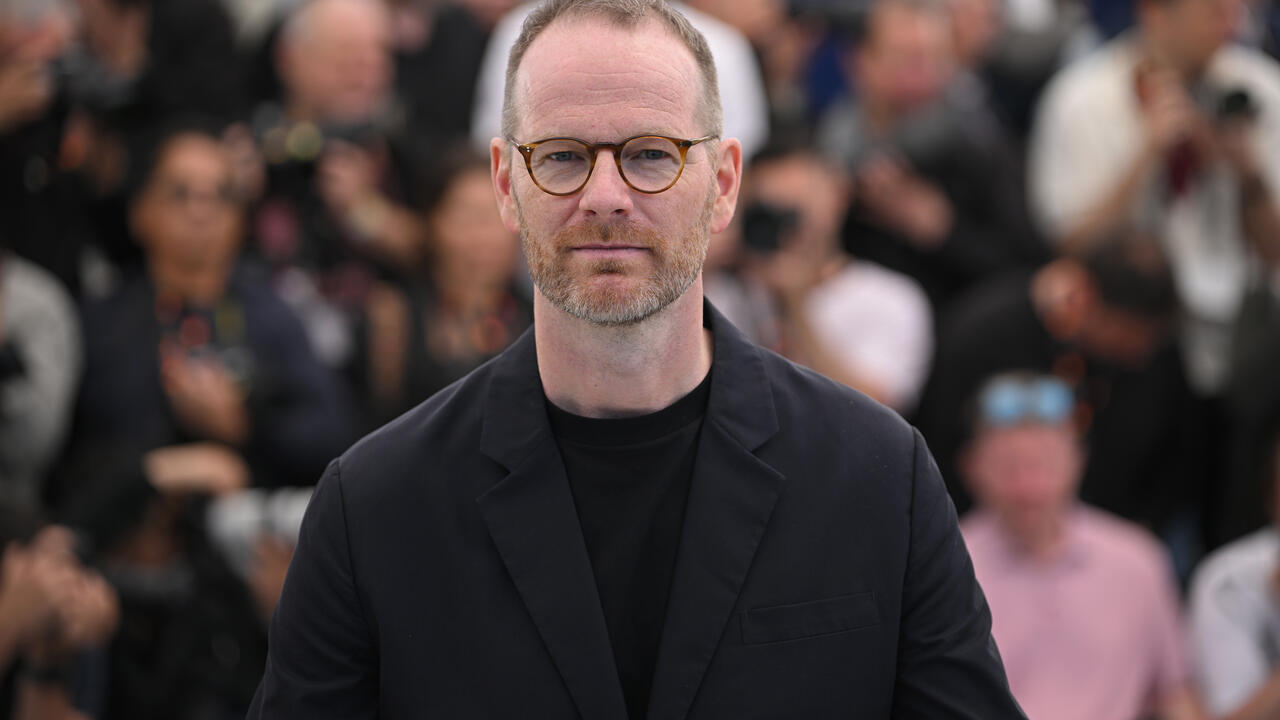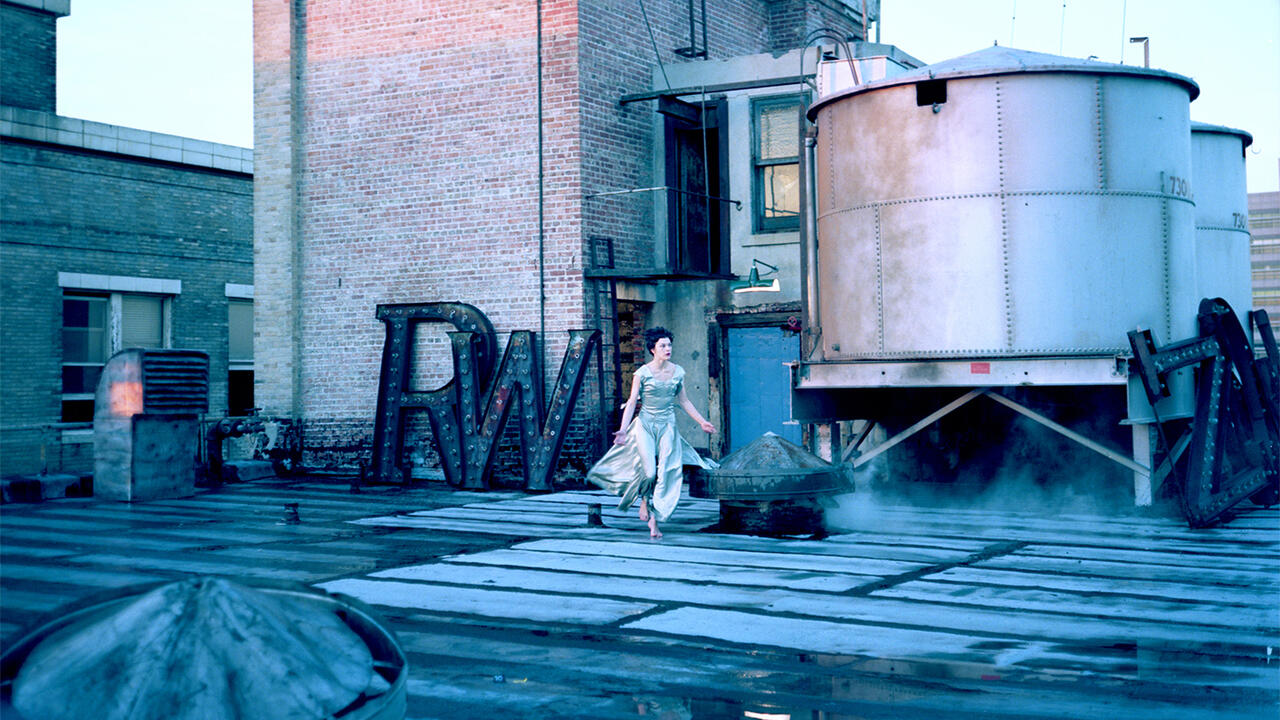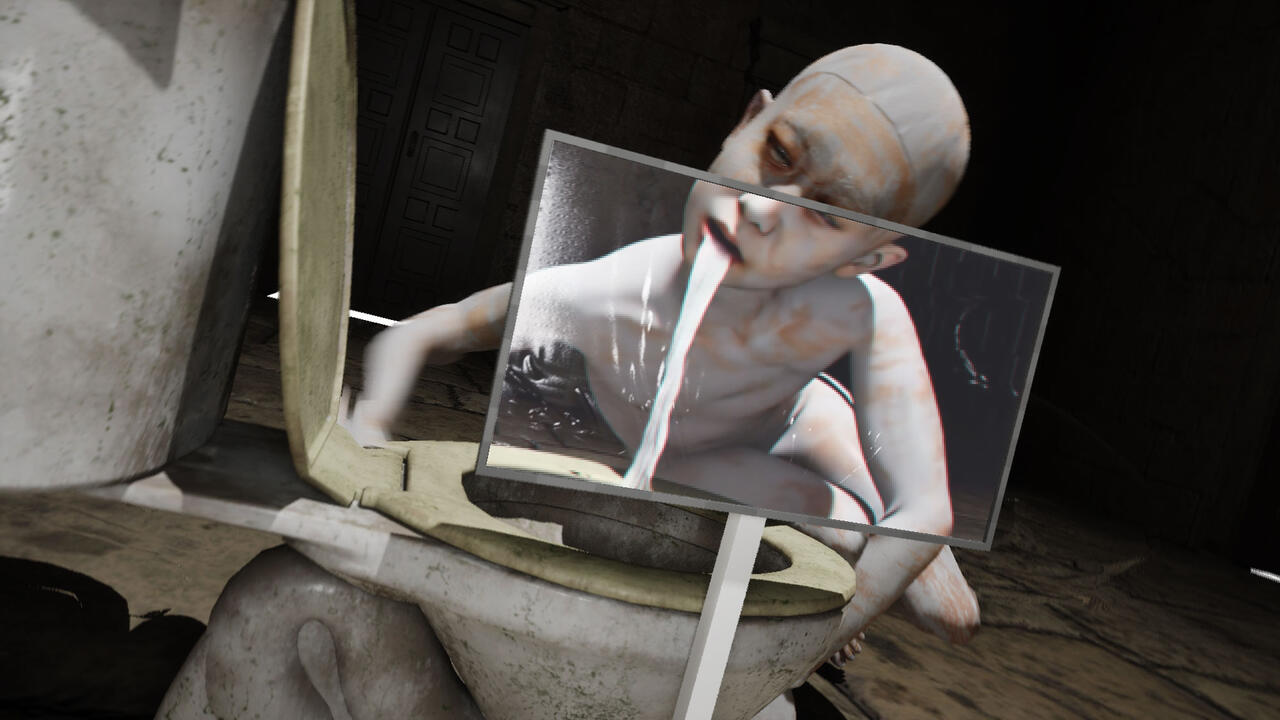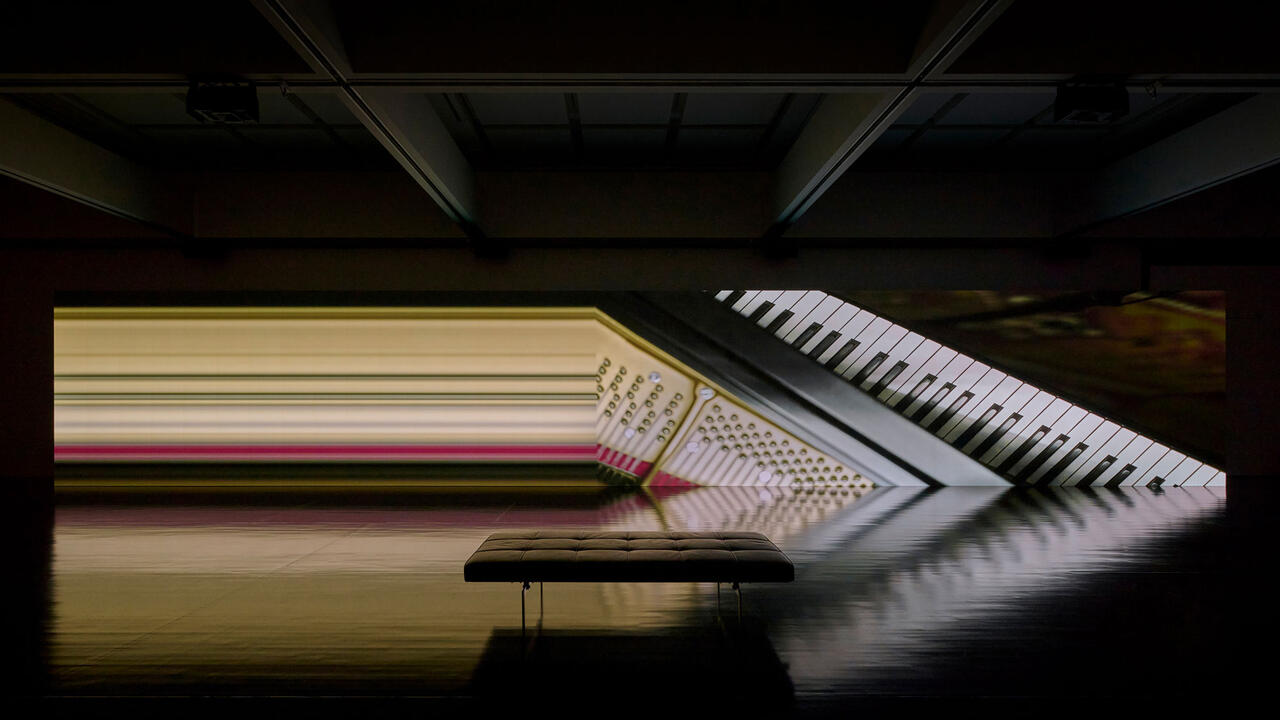The Enthusiast
Fifty years of writing by the filmmaker Thom Andersen
Fifty years of writing by the filmmaker Thom Andersen

Thom Andersen has worked for most of his life as an academic, though he is best known as a filmmaker, largely for his 2003 essay film Los Angeles Plays Itself. According to Andersen’s introduction to Slow Writing: Thom Andersen on Cinema (2017), he might have tried still another path – that of the critic – if he could have written at a pace that would have allowed him to make deadlines regularly. Over the course of 50 years, however, he has produced a body of writing that is now collected between two covers. Beginning with a 1966 essay, ‘Sex in Limbo’, which charts the history of sex films from 1930s impresario Kroger Babb through to the ’60s phenomena of the ‘nudie cutie’ and ‘roughie’ genres, the book brings the reader right into the present with insights into Christian Marclay’s The Clock (2010) and the documentaries of Chinese director Wang Bing.
Andersen praises the films of Morgan Fisher for being ‘down-to-earth, clear, precise’ – qualities that he pursues in his own prose. Despite spending his adult life in the university system, Andersen has acquired none of the obscurantism that has come to typify academic writing. This is evident from Slow Writing’s autobiography-heavy introduction, in which he notes that, while the book lacks an overall manifesto, the collected pieces reveal a line of thinking that is, to borrow the faint praise he gives Clint Eastwood, ‘admirably consistent’.
The programme that Andersen outlines, put in the simplest of terms, is one that is against ‘idealist illusion’ and for a cinema that offers ‘true and valid images in which we can recognize the world and its beauty’. It is, broadly, against a cinema that embellishes, exaggerates or otherwise takes licence. Discussing Andrew Meyer’s An Early Clue to the New Direction (1964), Andersen quotes Holgrave from Nathaniel Hawthorne’s 1851 novel The House of the Seven Gables: ‘There is a wonderful insight in heaven’s broad and simple sunshine.’ Writing on Straub-Huillet’s films, Andersen praises their connection to the soil and states admiringly that theirs ‘are the only films I know in which you can feel the force of gravity’. For Andersen, there is a direct correlation between this fidelity to the physical world as revealed by the camera and a correctness of ideas, wherein, to borrow from Los Angeles Plays Itself: ‘Silly geography makes for silly movies.’
Andersen’s book is brilliant; even, or perhaps especially, when you’re thinking about booting it across the room.
Most of the pieces collected here date from the years after that film’s release, when Andersen’s opinions became increasingly hot commodities and he, in his words, ‘got prolific’. Andersen’s opinions also grew more decisive. Writing incisively on director Yasujiro Ozu in 2012, he concludes that ‘cinema can and should be didactic’; this is after looking at the ‘conservative and radical’ films of the Japanese master and finding a comprehensive picture of Japan’s ‘gradual proletarianization under the pressures of what we now call globalization’. The collection’s final piece, one of Artforum’s regular ‘500 Words’ columns, is dated shortly after the debut appearance of his film The Thoughts that once We Had (2015), which borrows much from Gilles Deleuze’s writings about cinema. Andersen seems to echo Deleuze’s affinity for the ‘naturalists’ of cinema, described as ‘the physicians of society, making a fundamental critique of the way things are’. Without this diagnosis, it appears, art can only go so far. This interplay between aesthetics and politics runs through the collection. One line in an unpublished 1986 piece about ‘Reagan at the Movies’ resonates in the light of recent, high-profile demonstrations by US white nationalists who claim their ‘civil rights’ are under threat: ‘When Goliath imagines himself to be David, it can be dangerous.’
Ozu aside, many of the figures that Andersen gravitates towards are unsurprising choices from a professed man of the Left: Straub-Huillet, in whose 1984 Class Relations Andersen appears briefly, Portuguese director Pedro Costa and Michael Moore. He argues that Moore’s critics ‘apparently can’t distinguish [his] on-screen persona from the filmmaker’, though he does not offer a great deal of insight into where, exactly, that distinction lies. The book’s longest piece, ‘The Time of the Toad’ (1992), analyzes the influence of Leftist directors and screenwriters on Hollywood films in the years immediately before the imposition of an organized blacklist. It contains much of the same material that is covered in his most famous piece of writing, ‘Red Hollywood’ (1985), not included here, which produced an essay film of the same name, co-directed with Noël Burch in 1996.
Andersen has a particular interest in early cinema, and some of the finest essays in Slow Writing are dedicated to two different bodies of work: the 19th-century motion studies of Eadweard Muybridge, which, in his view, ‘completely suppress pictorial values to reach the essential’, and the films of Andy Warhol, visited from both the ground-level perspective of 1966 and the retrospective vantage of 2005. Together, these texts comprise some of the keenest insights into Warhol the filmmaker that I have encountered. The first, an exegesis of Camp (1965), pursues an interest in the slippage between character and performer also evident in Andersen’s writing on sex films. (Might not Muybridge’s nude motion studies comprise the first ‘nudie cuties’?) The second uses Warhol’s films as prisms through which to view the 1960s, and it is here that we have a sense of Andersen’s romantic and idealistic side. He can also be found striking an elegiac note when paying tribute to the 1971 film Dusty and Sweets McGee and its director, Floyd Mutrux, or to the proto-rock‘n’roll culture of Los Angeles in the ‘Commentary’ notes for his 2010 film Get Out of the Car.
Because he has never made a living as a writer, Andersen has been free to pursue a criticism of enthusiasms, though one gets a sense of how much in commercial cinema fails to meet his standards. There is a stern loftiness in his authorial voice that makes me want to quibble with his conclusions even when I happen to agree with them. Yet, Andersen’s killjoy persona is hard to square with the man who, in The Thoughts that once We Had, pays tribute to Maria Montez in Robert Siodmak’s South Seas fantasia Cobra Woman (1944). Andersen rebuts one reviewer’s judgement of that film’s ‘tiresomely doctrinaire’ and ‘quaint’ Leftism by noting that the audience at its public screening was a young one, and I think there’s much evidence that overtly ideologically grounded criticism of the sort Andersen practises is far from dated. In the years since Los Angeles Plays Itself, which relentlessly fact-checks Hollywood’s representation of Andersen’s home city, an entire journalistic cottage industry dedicated to cross-examining historical fiction has sprung up, and the film commentariat seems increasingly devoted to reading single movies foremost as delivery systems for coded ideological content.

This is a development with which I am not comfortable, for it often means reducing slippery, multivalent work to one, pat definition. But, then, Andersen is too cussed and idiosyncratic a character to be considered ‘symptomatic’ of anything. In a review of the 2004 book The Whole Equation: A History of Hollywood by David Thomson – a figure identified in the voice-over of Los Angeles Plays Itself as loving ‘everything about America except what’s worth loving’ – Andersen states that Thomson’s books ‘are fun to argue with’. This is high praise of a kind that Slow Writing deserves. Andersen’s book is periodically brilliant and rarely less than absorbing; even, or perhaps especially, when you’re thinking about booting it across the room. It makes for a fine companion – and a worthy, vigorous opponent.
Main image: still from Thom Andersen’s essay film, Los Angeles Plays Itself, 2003. Courtesy: the artist and The Cinema Guild, New York






















